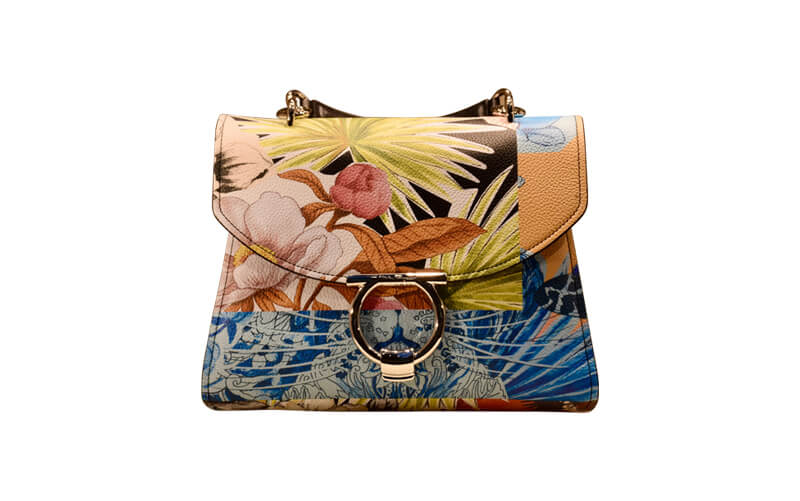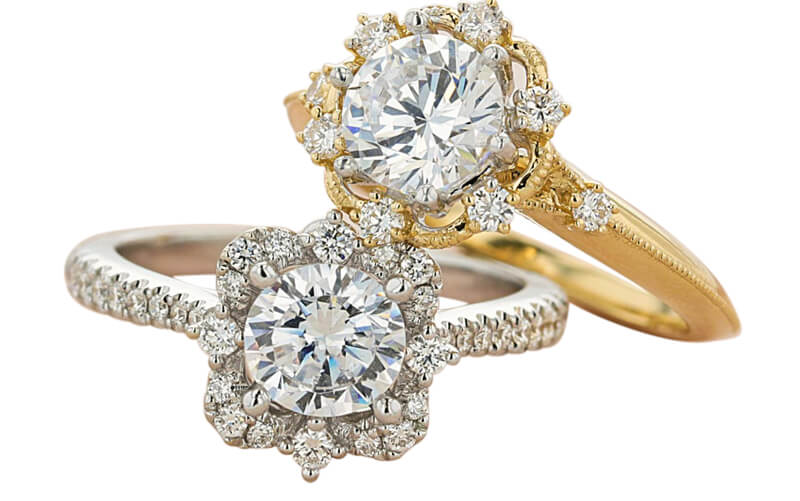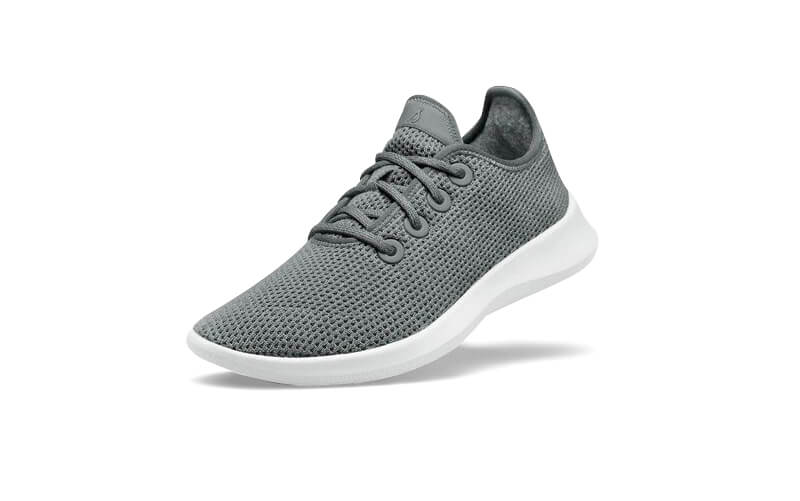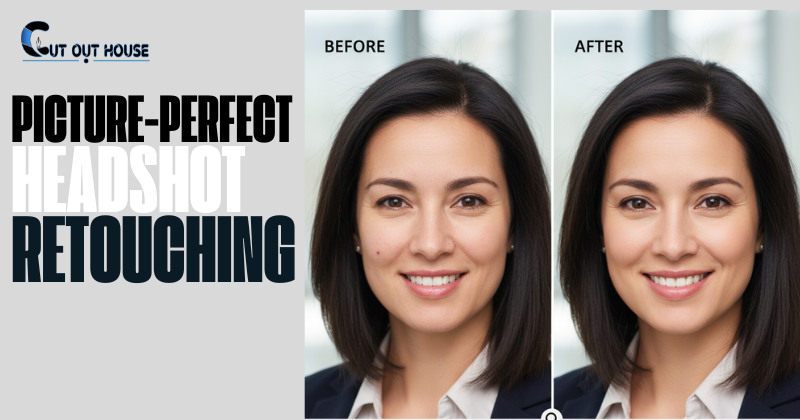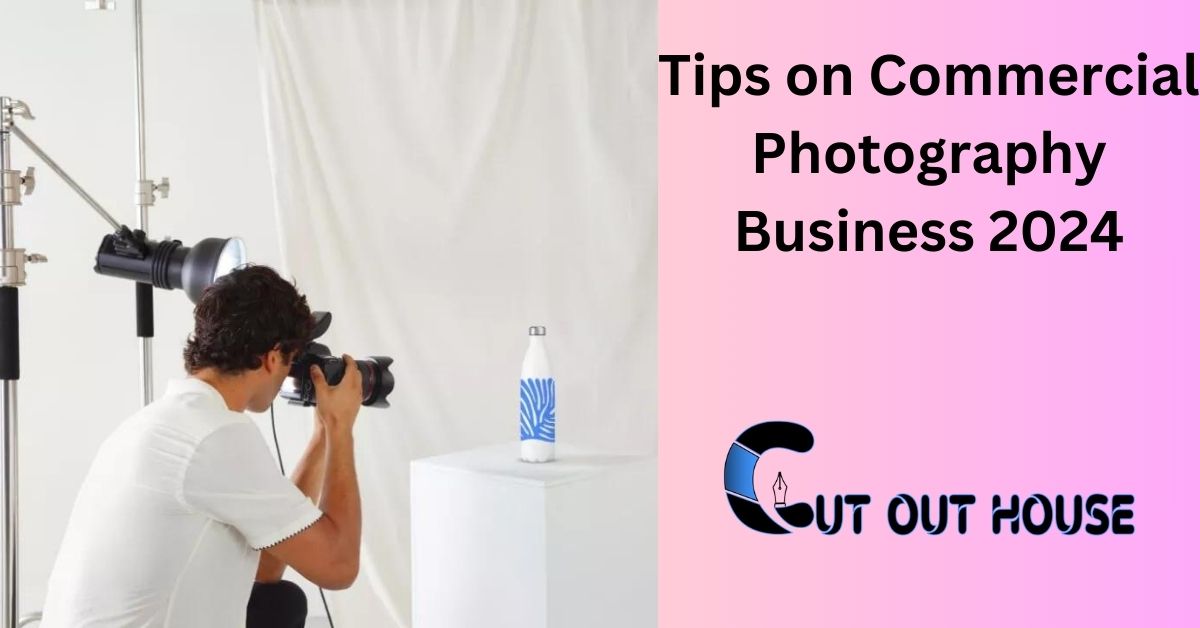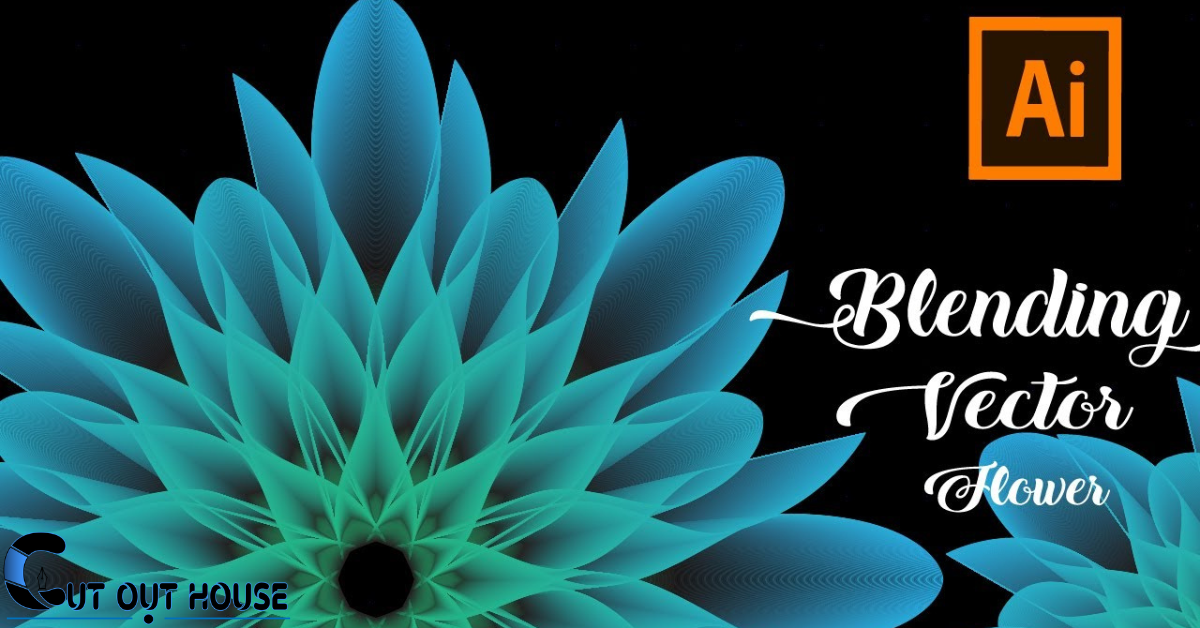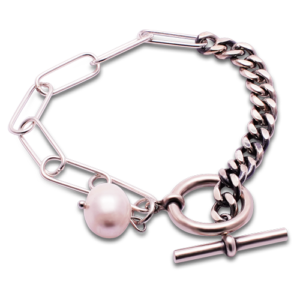Editorial photography is used to communicate stories in magazines or newspapers, while commercial photography is primarily used to advertise a product or brand. Editorial photography emphasizes storytelling and can stand alone or accompany an article, while commercial photography focuses on promoting and selling products.
Understanding Editorial Photography
Editorial photography refers to the images that accompany an article in a publication. However, editorial images can also exist on their own and imply a narrative or outline a creative concept. These photographs are not used to sell or promote a product or brand, but rather to communicate stories in magazines or newspapers. Editorial photography allows the photographer to be creative and expressive, utilizing various elements of design such as texture, color, and volume.
On the other hand, commercial photography is used mainly for advertising purposes. It is intended to sell, promote, endorse, or advertise a product, business, or service in order to generate profit. Commercial photographers typically follow the vision of a creative brief, focusing on capturing images that effectively showcase the product or brand.
In summary, the main difference between editorial and commercial photography lies in their purpose and usage. While editorial photography is about storytelling and creativity, commercial photography is focused on promoting and selling.
Characteristics Of Editorial Photography
| Characteristics of Editorial Photography |
| Subheading: Narrative and Storytelling |
|
Editorial photography is traditionally associated with images that accompany articles in publications. However, it can also exist independently and convey a narrative or creative concept. Unlike commercial photography, which is focused on selling or promoting a product or service, editorial photography aims to communicate stories in magazines or newspapers. It often incorporates elements of storytelling, engaging the audience and evoking emotions. |
| Subheading: Authenticity and Realism |
|
Another important characteristic of editorial photography is its emphasis on authenticity and realism. Editorial photographers strive to capture genuine moments and portray subjects in a natural and unfiltered manner. This approach helps create a sense of credibility and trustworthiness for readers. Unlike commercial photography, which may involve heavy editing and manipulation, editorial photography aims to depict the world as it is, showcasing the real stories and experiences of individuals. |
Exploring Commercial Photography
Exploring Commercial Photography unveils the contrast between Editorial and Commercial styles. Editorial captures narratives or concepts for publications, while Commercial aims at promoting products/services for profit. Emphasizing purpose, Editorial conveys stories, whereas Commercial focuses on advertising and branding.
| Commercial Photography | Editorial Photography |
| Used for selling or promoting products/services | Accompanies articles in publications |
| Intended to generate profit | Implies a narrative or creative concept |
| Follows the vision of the creative brief | Stylist can be highly creative |
| Commonly product, lifestyle, and fashion photography | Focuses on storytelling in magazines/newspapers |
Key Differences
Commercial photography is primarily used for advertising products or brands, while editorial photography tells stories in magazines or newspapers. The main difference lies in their purpose and the way they are used.
Purpose And Intent
Editorial photography refers to images that accompany articles in publications, or exist on their own to convey a narrative or creative concept. It is used to communicate stories in magazines or newspapers. On the other hand, commercial photography is primarily used for advertising products or brands. Its purpose is to sell, promote, endorse, or advertise a product, business, or service in order to generate profit.
Audience Engagement
Editorial photography engages the audience by conveying a story or evoking emotions. It aims to captivate, inspire, inform or entertain the readers. Commercial photography, on the other hand, focuses on showcasing the features and benefits of a product or brand. It aims to persuade and entice the audience to make a purchase or take a specific action.
Selecting The Appropriate Style
Editorial photography is often use for storytelling and creative concepts, typically found in magazines or newspapers.
Commercial photography is focused on selling or promoting a product or service to generate profit.
When choosing a photography style, consider matching it with your brand image to communicate effectively.
Impact On Brand Image
Editorial photography focuses on storytelling, capturing moments, and conveying emotion. It is often use in publications and media to illustrate a narrative or concept. On the other hand, commercial photography is aime at promoting and selling products or services. The branding impact of each type is significant, as editorial photography cultivates brand perception and enhances the storytelling aspect of the brand. In contrast, commercial photography directly influences marketing strategies by visually promoting and endorsing brand offerings.
Frequently Asked Questions On Difference Between Editorial And Commercial Photography
What Is Difference Between Editorial And Commercial Use?
Editorial photography is for storytelling or editorial use, while commercial photography is for promoting products or services.
What Is Considered Editorial Photography?
Editorial photography is images that accompany articles in publications, conveying a narrative or creative concept.
What Is The Difference Between Editorial And Commercial Styling?
Editorial styling focuses on creativity and storytelling, while commercial styling follows a specific creative brief for a project.
What Is Considered Commercial Use Photography?
Commercial use photography refers to photography that is use to sell, promote, endorse, or advertise a product, business, or service, with the intention of generating profit. It often includes product photography, lifestyle photography, and fashion photography.
Conclusion
Commercial photography and editorial photography may seem similar at first glance, but they have distinct differences. It focuses on selling and promoting a product or brand, while editorial photography aims to tell a story and convey emotions. Commercial images are created with a specific goal in mind, while editorial images exist to complement written content.
Understanding these differences is crucial for clients, photographers, and consumers alike to ensure their visual content aligns with their intended purpose and message.


